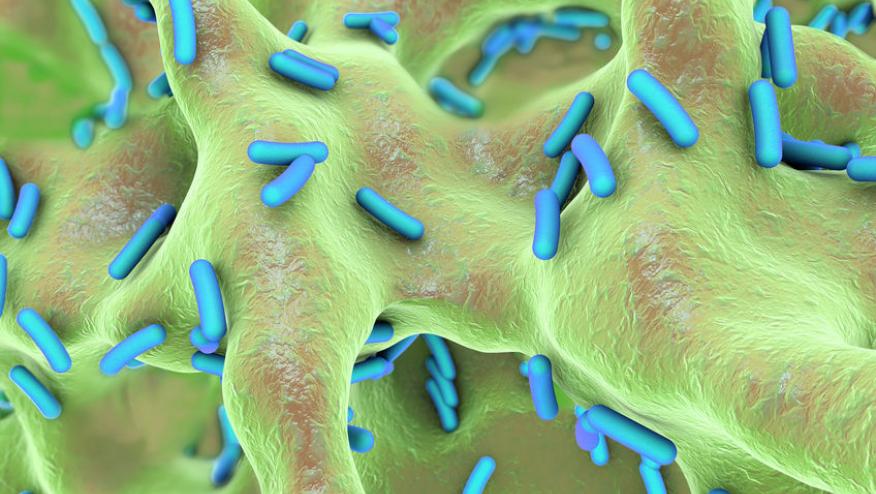Predicting Infection in Lupus Nephritis Save

Machine learning (ML) models were applied to 3 cohorts of lupus nephritis (LN) patients and established algorithms to predict co-infection in LN.
This study analyzed 111 non-infected LN patients, 72 infected LN patients, and 206 healthy controls (HCs), looking at patient demographics, infection outcomes, medication, and laboratory indexes (including cell counts and lymphocyte subsets).
Eight different models were applied to cohort data to best determine criteria for infection outcomes.
Overall, infected LN patients demonstrated significantly decreased levels of T, B, helper T, suppressor T, and natural killer cells compared to non-infected LN patients and HCs. In particular, infected LN patients had significantly lower Th1 cells and regulatory T cells (Tregs).
The XGB algorithms demonstrated the highest accuracy and precision (AUC = 0.76) for predicting LN infection, and was based on the number of T cells, red blood cells, length of hospitalization (LOS), and lymphocyte count.
Thus it appears that monitoring lymphocyte subsets may help prevent and treat infections in lupus nephritis.










If you are a health practitioner, you may Login/Register to comment.
Due to the nature of these comment forums, only health practitioners are allowed to comment at this time.